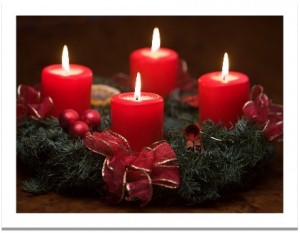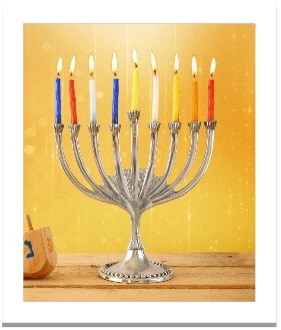The Holiday Glow That Unites Us All
The winter months are full of celebrations…celebrations that tie families to their heritage. As the cultural melting pot that is America increases, how do we teach young children to recognize the holiday celebrations of others in a respectful way? First, it is important to teach young children that there are many different celebrations, but not all people celebrate all holidays. That simple statement can be confusing to preschoolers when their world often revolves around holiday celebrations around this time of the year. Explaining that that families celebrate in different ways can help young children to begin to understand diversity in holidays. On the flip side, helping young children find ways that something is similar is a great way to bridge the gap between differences.
When discussing the celebrations of other cultures, choose wording that focuses on the history of the observance and any commonalities to your own. This is also true of your own family celebrations. Teach children how the traditions within your own family celebrations began along with the background of the historic event. Asking loved senior family members to share their favorite memories during celebrations helps to teach children to respect traditions.
One commonality between many celebrations is the use of candles. Candles symbolize good over evil, light over darkness, and knowledge over ignorance. For Christians, Advent candles are lit on the Sudays before Christmas with each candle having a different meaning depending on the church. Diwali is Hinduism’s Festival of Lights and oil lamps and candles are used to celebrate the triumph of light over darkness and good over evil. Hanukkah is known as the Jewish festival of lights and candles are lit on a menorah during each of the eight nights. Kwanzaa is an African-American cultural festival that uses a candelabra (called a kinara) filled with one black, three red, and three green candles representing special traits. These are just examples of one common element in various cultural holidays.
Brining to “light” commonalities between different culture’s holiday traditions is a great way to help children appreciate the celebrations of others.







